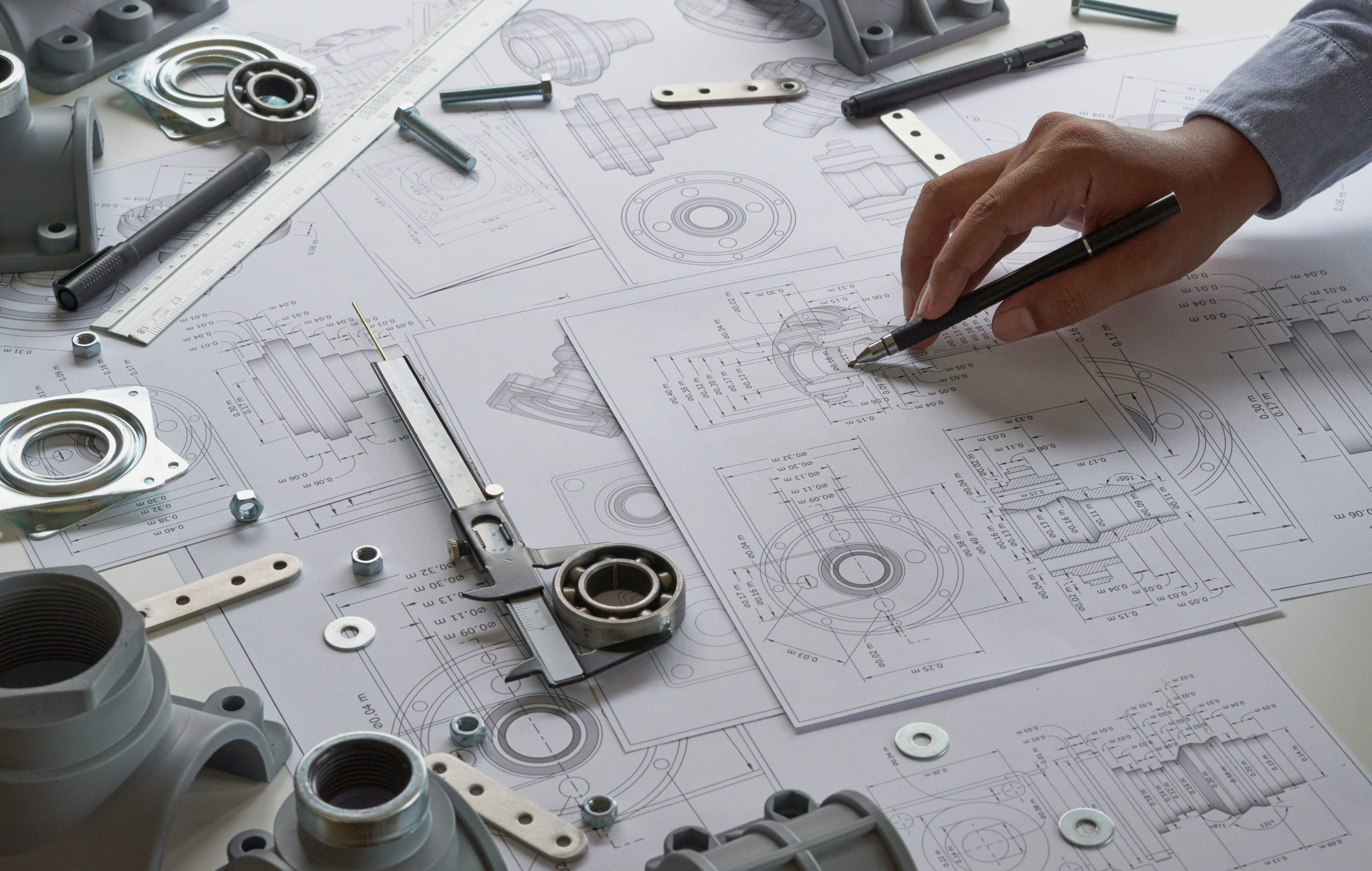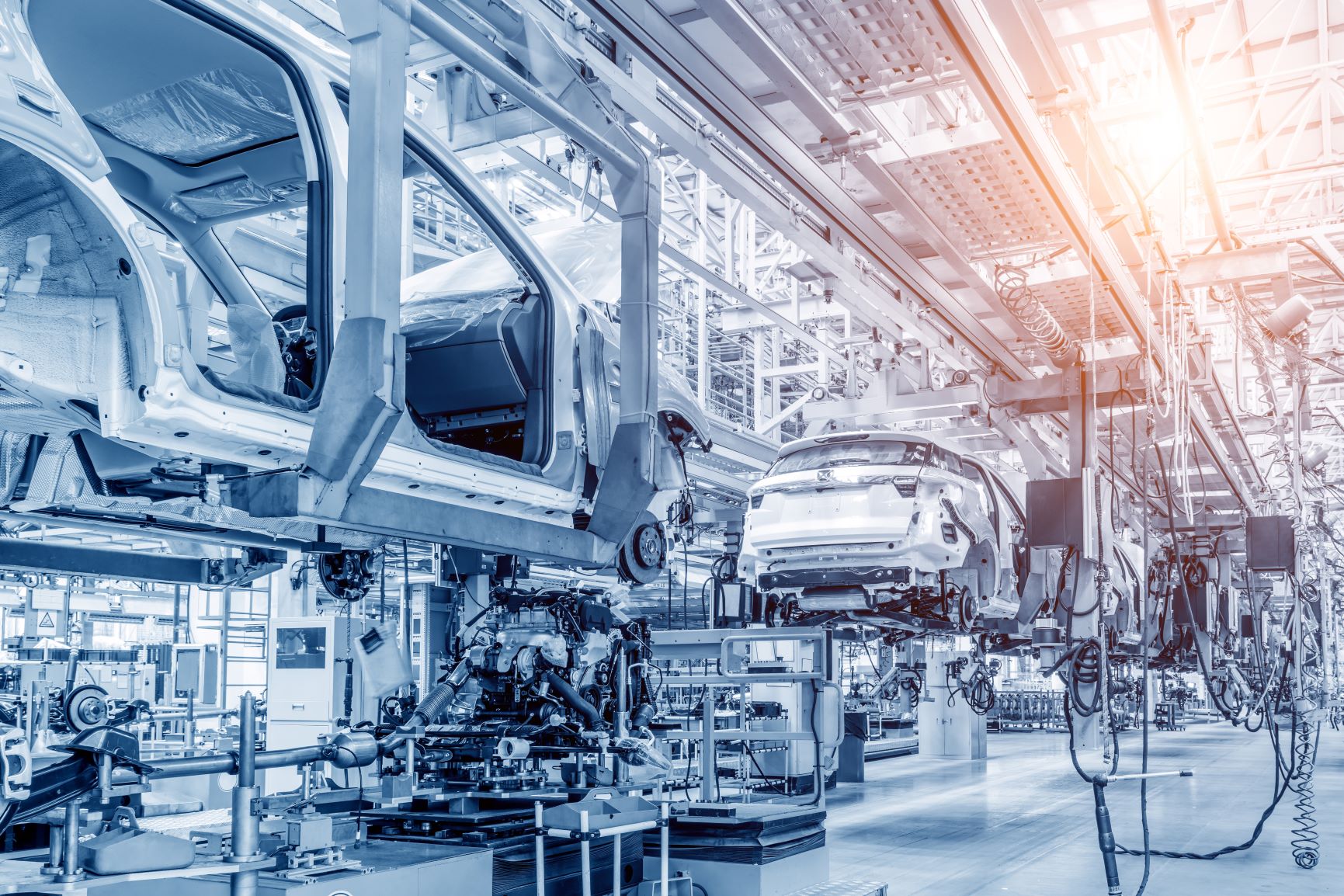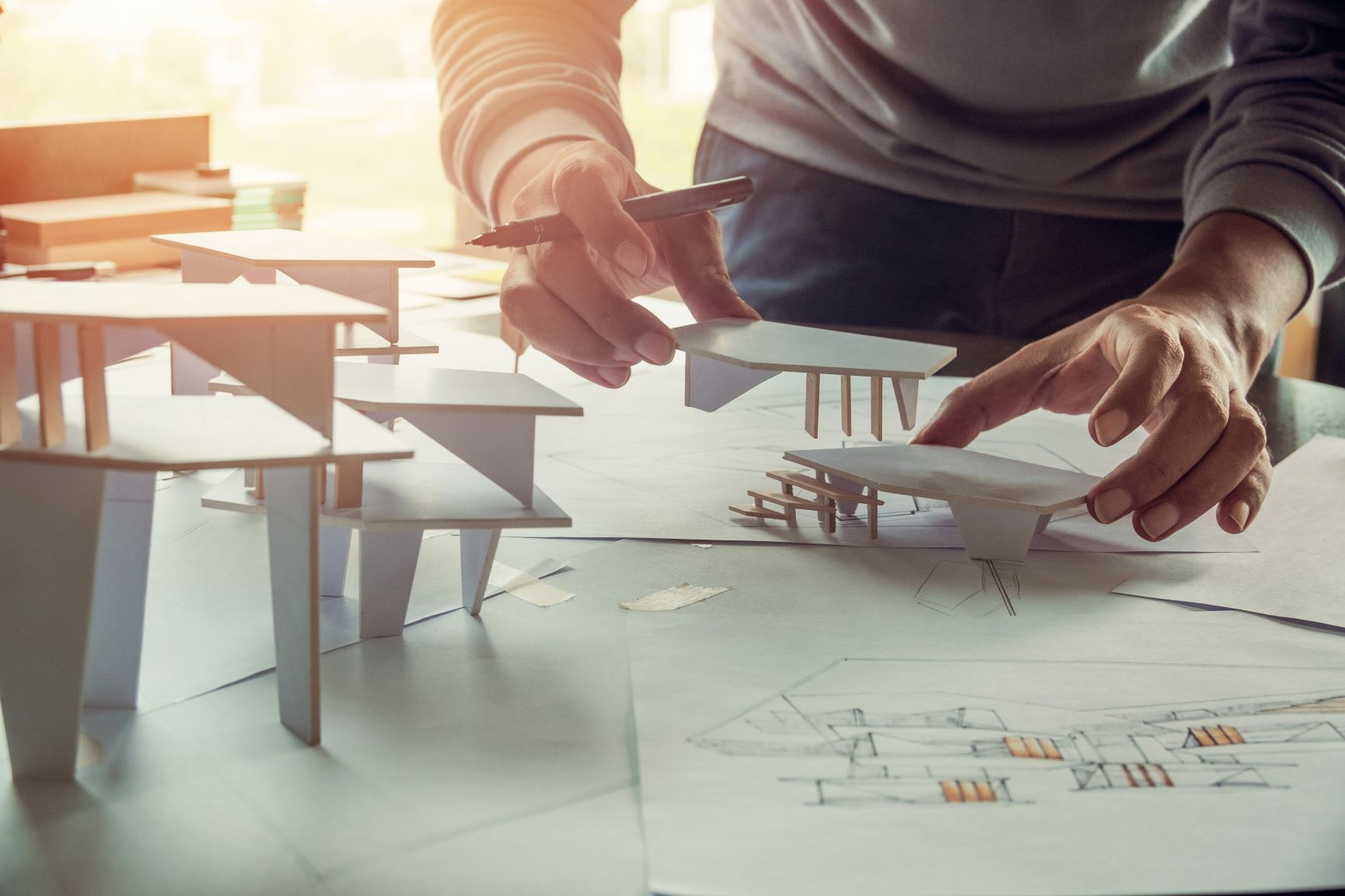Which industries use additive manufacturing?
Industry sectors
Additive manufacturing is used in various industries today. Find out here in which areas the technology is used and which advantages result from it.
Which industries use additive manufacturing?
Industry sectors
Additive manufacturing is used in various industries today. Find out here in which areas the technology is used and which advantages result from it.
Clear advantage for users
Not only large high-tech companies use additive manufacturing in their processes. The proportion of small and medium-sized companies from various industrial sectors has been increasing for a long time. You can find a selection of these industries here:





ANSWERS TO MANY QUESTIONS
Interesting facts about 3D printing